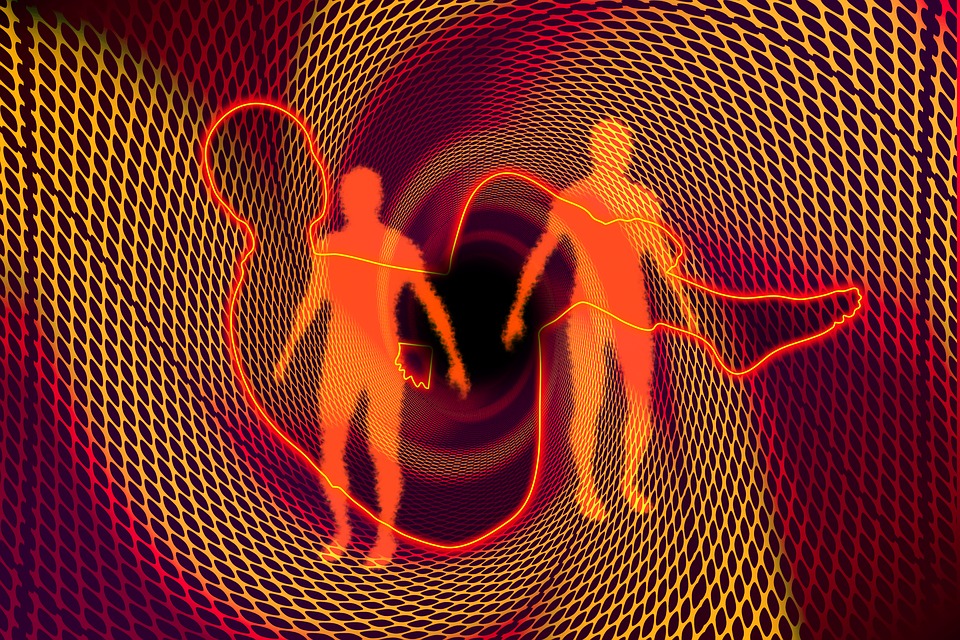My guest on the radio show this week was Anne Atkin who has made remarkable discoveries for herself about what helps her get sustained relief from her symptoms. She sponsored a novel Painting for Parkinsons program. Her interview is remarkable in every respect and I strongly encourage everyone to listen.
Anne was kind enough to send me a copy of her book, Living and Laughing with Parkinsons which I have now devoured. I did not stop reading and laughing until I landed on the final page.
Her book is a thorough and comprehensive review of the symptoms that are associated with Parkinsons and the frustrations that they present. Anne has drawn provocative and very funny cartoons that complement each explanation of a symptom and that embody the many challenges she personally encountered.
In addition to sending me her book, Anne forwarded a letter she wrote in response to a question about what she has been doing to get relief from her symptoms, Anne gave me permission to post the letter which follow. May this not however be a substitute for listening to her interview which is full of golden treasures for anyone who currently experiences the symptoms of Parkinson’s Disease.
Robert Rodgers, Ph.D.
Founder 2004
Parkinsons Recovery
Road to Recovery from Parkinsons Disease
I am very careful about how I describe what is happening to me. Recovery is a word that is too strong; I like to think that I have reached an equilibrium and a state of balance with Parkinson’s. I feel that I am always improving some aspect of myself. If you think you have recovered, then you may allow bad habits to come back whereas to keep in balance you have to keep working at it. It all becomes second nature.
Yes, it is true that I no longer use a cane and that has happened because my quad muscles are much stronger and that helps balance. Also, my overall balance has improved because I spend time just practising standing on one leg then the other.
I don’t do hours of exercise because I would be bored silly. I exercise no more than 10 minutes at a time but at frequent intervals. This way I don’t get tired or bored. I do all my own housework, which is also exercise! I love gardening and I will talk about gardening more.
I don’t do anything that is complicated or difficult. Nor do you have to do everything exactly the way I do it. After a while you will find your own pathway and it will feel right and comfortable. I treasure painting for Parkinsons but you may not be a painter.
So I use a combination of:
Creativity as evidenced in my Painting for Parkinsons program in Australia.
Socialization- being with people from all walks of life is the way to go. Don’t isolate yourself.
Humor – develop a sense of humor as laughter is so good for our bodies
Exercise – and you don’t have to join a gym. There is a great book on exercise for us and it is called ‘Delay the Disease.’ It is by Jackie Russell and David Zid.
Mindfulness
Wellness These three are handled beautifully on the Northwest Parkinson’s Foundation website
Visualization
Positive thinking: Not giving in to negative thoughts
In everything I do I have a little catch-cry –
‘You’ll never, never know if you don’t have a go.’
You can retrain your brain through thinking positively. It is very important if you have depression.
Whoops! I forgot about gardening. Gardening is an activity that is both creative and exercise. You get the best of both worlds. I love gardening and spend at least an hour a day in mine.
My book ‘Living and laughing with Parkinson’s’ is just at the very beginning of my journey and it is my second book which is being published later this year which will do a lot of talking about the dot points above.
I hope I have given you some ideas but I must impress on you that you can find you own path to wellness and mindfulness. There is more than one pathway because Parkinson’s is such a mixture of symptoms. We are all different and therefore our pathways are going to be all different too.
I also started this journey about 4 years ago and the further along the pathway I went, the more easily I found it to take control of some symptoms. For example, anxiety attacks are now no problem because when I feel one starting, I just visualize myself drawing, or sniffing my roses or I see myself bathed in sunlight with, sitting on a hill and watching the clouds.
Anne
Painting for Parkinsons Postscript:
I do believe that the complexity of Parkinson’s means that there is a complexity of different ways you can tackle the condition. I concentrated on the motor skills because I like being physically independent. Plus, retraining the brain is vitally important. I hope people see that if a late middle-aged mum from Australia can help herself then it is something within the reach of most.
But the key word is Persistence.
Cheers
Anne Atkin




